GATE Naval Architecture and Marine Engineering syllabus comprises topics such as Mechanics of Materials, Fluid Mechanics and Marine Hydrodynamics, Naval Architecture and Ocean Engineering and more.
Table of Contents
GATE Naval Architecture and Marine Engineering syllabus is classified into five sections such as Engineering Mathematics, Applied Mechanics and Structures, Fluid Mechanics and Marine Hydrodynamics, Naval Architecture and Ocean Engineering and Thermodynamics and Marine Engineering.
The students can use the syllabus to plan a study schedule to score high marks and cutoff in the GATE 2025 exam. The GATE 2025 exam will be conducted by IIT Roorkee on Feb 01, 02,15and 16, 2025. Understanding the GATE syllabus and exam pattern plays a crucial role in the exam preparation.
GATE Naval Architecture and Marine Engineering Syllabus
GATE naval architecture and marine engineering syllabus covers topics such as Engineering Mathematics, Applied Mechanics, Marine Hydrodynamics, etc . TThe entire GATE syllabus and PDF link to the official syllabus are mentioned below.
Quick Download:
| GATE Naval Architecture and Marine Engineering Syllabus | Will be Available soon |
Engineering Mathematics
- Determinants and matrices, Systems of linear equations, Eigenvalues and eigenvectors.
- Functions, gradient, divergence, curl, chain rules, partial derivatives, directional derivatives, definite and indefinite integrals, line surface and volume integrals, theorems of Stokes, Gauss and Green.
Linear, non-linear, first and higher order ordinary and partial differential equations, separation of variables.Laplace transformation, analytical functions of complex variables, Fourier series, numerical methods for differentiation and integration, complex analysis, probability and statistics.
Applied Mechanics and Structures
The students can check out the sub-topics of the applied mechanics and structure from the pointers given below.
- Engineering Mechanics - Free-body diagrams and quilibrium; trusses and frames; virtual work; kinematics and dynamics of particles and rigid bodies in plane motion; impulse and momentum(linear and angular) and energy formulations.
- Mechanics of Materials - Stress and strain, elastic constants, Poisson’s ratio; Mohr’s circle for planestress and plane strain; shear force and bending moment diagrams; bending and shear stresses; torsion; Euler’s theory of columns; energy methods; theories and failure, material testing methods.
- Vibrations - Free and forced vibration of damped and undamped systems, single and multi DOFsystems.
- Machine Design - Design for static and dynamic loading; Design of machine elements such asshafts, gears, rolling and sliding contact bearings; Joining techniques such as bolting, riveting and welding.
Fluid Mechanics and Marine Hydrodynamics
- Fluid properties.
- Fluid statics, stability of floating bodies.
- Conservation laws: Mass, momentum and energy (Integral and differential form).
- Dimensional analysis and dynamic similarity.
- Sources, sinks, doublets, line vortex and their superposition.
- Stoke’s integral theorem.
- Generalised Bernoulli’s equation, sources, sinks, dipole.
- Flow with circulation, potential flow with rotational symmetry, hydrodynamical lift.
- Kutta-Joukowski theorem.
- Vortex motion- Fundamentalconcepts, vortex analogy to Biot-Savart’s law, straight parallel vortex filaments, vortex sheets.
- Viscous flow- Navier-Stokes equations, Couette flow, Plane poiseuille flow.
- Equation of continuity.
- Euler‘s equation.
- Bernoulli‘s equation.
- Viscous flow of incompressible fluids, elementary turbulentflow, boundary layer, flow through pipes.
- Boundary layer theory- Prandtl’s boundary layer equations, criterion for separation.
- Blasius solution, Skin friction, displacement thickness, momentum thickness.
- Turbulent boundary layer.
- Boundary layer control.
- Airfoils- Lift, drag, circulation, pressure distribution-theory of thin aerofoils,wings of infinite and finite span, circulation distribution, Cavitation.
- Vorticity and Kelvin’s theorem.
- Potential flow theory, Sources, Sinks and Doublets, hydrodynamic forces in potential flow.
- D’Alembert’s paradox, added-mass, slender-body theory, hydrodynamicmodel testing, scaling laws, application of potential theory to surface waves, energy transport, wave/body forces, linearised theory of lifting surfaces.
Also Check: GATE Engineering Sciences Syllabus 2025
Naval Architecture and Ocean Engineering
- Fluid Mechanics - Ship geometry and physical fundamentals - Archimedes’ principle, buoyancy and weight of ship, laws of flotation, heel and trim, stable and unstable equilibrium of ships, importance of streamlinedhull shape, ship main particulars, hydrostatic calculations.
- Stability and trim of Ship - Statical stability at small angles of heel, Inclining experiment. Shift ofcentre of gravity due to addition or removal of mass, transverse movement of mass and effect, Free surface effect, Effect of suspended mass, Stability at large angles of heel, angle of loll, curves of statical stability, dynamical stability, Probabilistic and deterministic Damage StabilityDifferent Characteristic curves of dynamic stability. Floodable length calculations and curves. Loss of stability due to grounding, docking stability.
- Resistance and Propulsion - Components of ship resistance, form factor, hull roughness, modeltesting and ship resistance prediction methods, tank wall effects, determination of ship resistancedifferent series test results, resistance of advanced vehicles,
appendage and added resistance.Geometry of screw propeller, propeller theories, hull-propeller interactions, different propulsiveefficiency definitions. Propeller cavitation and effects. Propeller design and series. Open water andself-propulsion model tests.
Different types of propellers and their working principles. Propellermaterial, strength and manufacturing.Unconventional propellers. - Ship Manoeuvring and Motions - Ship path keeping and changing, equations of motion, linearisedequations and control fixed stability indexes, model tests. Stability and control in the horizontal andvertical planes – definitive manoeuvres and sea trials.
Rudder hydrodynamics, design andoperation. Influence of propeller, hull, appendages etc. on rudder performance. Experimentalmethods for the determination of hydrodynamic derivatives.Ocean waves – regular, irregular, trochoidal.
Wave spectrum, encounter frequency. Types of shipmotions, coupled and non-coupled motions, equations of motion. Dynamic effects of ship motion inseaway. Different ship motion stabilisers – passive and active.
Different numerical andexperimental methods to determine ship motions – strip theory, BEM, FEM. Seakeeping featuresof high-performance marine vehicles. - Ship Structures and Strength - Shipbuilding materials, joining techniques, ship structural andframing systems – bottom, side, deck, bulkhead, end structures, and structural connections.Primary and secondary structural members, superstructure, hatch covers, machinery foundations,cargo handling systems and support structures.
Loads acting on ships in seaway, longitudinal and transverse strength considerations andestimation methods. Strength of hull girder, stiffened plate analysis, torsion of hull girder,deformation and stresses, local strength analysis;
Reliability analysis and ultimate strength of hullgirder, structural vibrations, fatigue and fracture. - Physical Oceanography - Physical properties of seawater, Different types of ocean waves - tidesand wind waves, and their importance. Offshore Structures: Fixed offshore platforms - Jackets, Gravity platforms; Floating platforms - semi-submersibles, jack-ups, TLPs, FPSOs; Mooring,station keeping. Port and Harbour Engineering: Ports and Harbours, Port structures - Jetties, Dolphins, Liquid berths, Dredging, Navigation.
Also Check: GATE Geomatics Engineering Syllabus 2025
Thermodynamics and Marine Engineering
- Thermodynamics - First law of thermodynamics - Closed system undergoing a cycle; closed systemundergoing a change of state; Internal energy of a system; Expansion work; Process using ideal gas - constant pressure, constant volume, isothermal; adiabatic and polytropic process -work done and heat added in different process; First law applied to one - dimensional steady flow process, flow energy, steady flow energy equation (ID). Second law of Thermodynamics - Different statements; Reversible and irreversible process; Corollaries of second law - Absolute temperature scale; Carnot cycle - Carnot engine, refrigerator and heat pump. Clausius inequality and definitionof entropy, change of entropy of an ideal gas; Gas power cycles and I.C.Engines; Gas power cycles: Carnot cycle, Brayton cycle, Erricson cycle, Sterling cycle etc.; Air standard cycles- OttoDiesel, Dual and Joule cycle; Evaluation of thermal efficiency and mean effective pressure; InternalCombustion engine - Classification of I.C. engines - Principle of operation of spark Ignition and Compression Ignition engines both two stroke and four stroke; Stages of combustion in S.I. and C.I. engines; Knocking and detonation-factors controlling knock and detonation, methods ofpreventing Knocking and detonation; Refrigeration - principle of operation of Simple vapour compression system, Comparison with vapour compression systems; Air conditioning principles -Sensible heating and cooling, Humidification and dehumidification, Cooling and humidification, Cooling and dehumidification- Heating and humidification, Heating and dehumidification, Adiabatic mixing of air streams –cooling and heating load calculation.
- Marine Diesel Engines - General engine principles, Low speed and medium speed diesel engines, Two and Four stroke engines, Scavenging and turbocharging, Fuel oil system, Lubricating oil systems, cooling systems, torque and power measurement, Starting air systems and reversing systems, controls and safety devices, Couplings and Gearboxes, Specific Fuel Consumption. Waste heat recovery system, MARPOL regulations and Energy Efficiency Design Index (EEDI),Ship Energy Efficiency Management Plan (SEEMP).
- Marine Steam Turbines - Types of turbines, compounding, reheat, turbine construction, rotors, blades, casing, Gland sealing, diaphragms, nozzles, bearings etc. Lubrication systems, expansion arrangements, Gearings. Marine gas turbines – fundamentals of G.T, Structure of gas turbines, gearing, operational features, controls, combined cycles. Nuclear propulsion –physical principles of the operation of nuclear reactors – use of nuclear propulsion on seagoing vessels, Electrical Propulsion.
- Marine Auxiliary Machinery & Systems - Different types of pumps and piping systems in ships - hot water, drinking water, cooling water and seawater, fuel oil systems, lubricating oil system filters,coolers, centrifuges, purifiers and clarifiers, bilge and ballast systems, sewage disposal, oily water separator, air compressors, boilers, heat exchangers, waste heat recovery systems; Heat,ventilation and air conditioning systems; Dech machinery and cargo handling systems; Propulsions and steering gear systems.
Also Check: GATE Architecture and Planning (AR) Syllabus 2025
GATE Naval Architecture and Marine Engineering Syllabus Marking Scheme
There are one and two marks questions in the syllabus. ⅓ marks are deducted for each one-mark incorrect answer, and ⅔ marks are deducted for two marks for incorrect answers. The exam is conducted online mode.
Candidates must complete the GA compulsory section and proceed to solve the questions of their choice of subject.
| Particulars | Details |
| Areas of Question | General Aptitude: 15 Marks |
| Naval Architecture and Marine Engineering: 85 Marks | |
| Total Marks | 100 Marks |
| Correct Answer | 1 & 2 Marks |
| Incorrect Answers | ⅓ Marks will be deducted for 1 mark MCQ questions |
| ⅔ marks will be deducted for 2 marks MCQ questions | |
| No negative marking for NAT questions |
Also Check: GATE Exam Pattern 2025
Previous Year’s GATE Naval Architecture and Marine Engineering Question Paper
GATE naval architecture and marine engineering previous year's question papers are linked below. Candidates must download and check the papers to understand the distribution of marks. Besides, it will also help in gauging the areas of difficulty.
| Previous Year’s Question Paper | PDF Link |
| GATE Naval Architecture and Marine Engineering Question Paper | Download PDF |
Also Check: GATE Qualifying Marks 2025
Book for GATE Naval Architecture and Marine Engineering
GATE naval architecture and marine engineering syllabus is covered in selected books. Since the subject was recently introduced, there are books for each topic. The list of GATE books are as follows:
| Reference Books | Author’s Name/ Publications |
| Engineering Mathematics | Made Easy |
| Advanced Engineering Mathematics | Erwin Kreyszig |
| Mechanics of Material | RC Hibbeler |
| Machine Component and Design | Wiley Publications |
| The Hydrodynamics of Waves and Tides with Applications. | M. Rahman |
| Fluid Mechanics | CS Jog |
| Marine Diesel Engines | Deven Aranha |
| Engineering Thermodynamics | P. Chattopadhyay |
| Springer Handbook of Ocean Engineering | Springer Publications |
Also Check: GATE Marks vs Rank



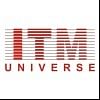
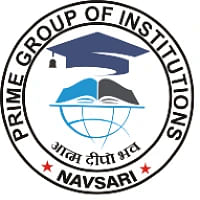
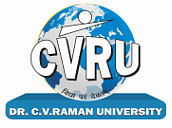


![Indian Institute of Technology, [IIT] Bombay](https://media.getmyuni.com/azure/college-image/small/indian-institute-of-technology-iit-bombay.jpg)

![Indian Institute of Technology, [IIT] Kanpur](https://media.getmyuni.com/azure/college-image/small/indian-institute-of-technology-iit-kanpur.jpg)
![Indian Institute of Technology, [IIT] Kharagpur](https://media.getmyuni.com/azure/college-image/small/indian-institute-of-technology-iit-kharagpur.jpg)





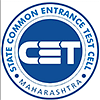

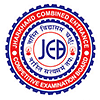


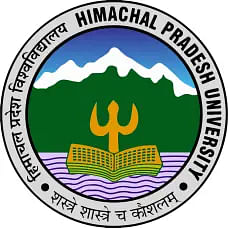

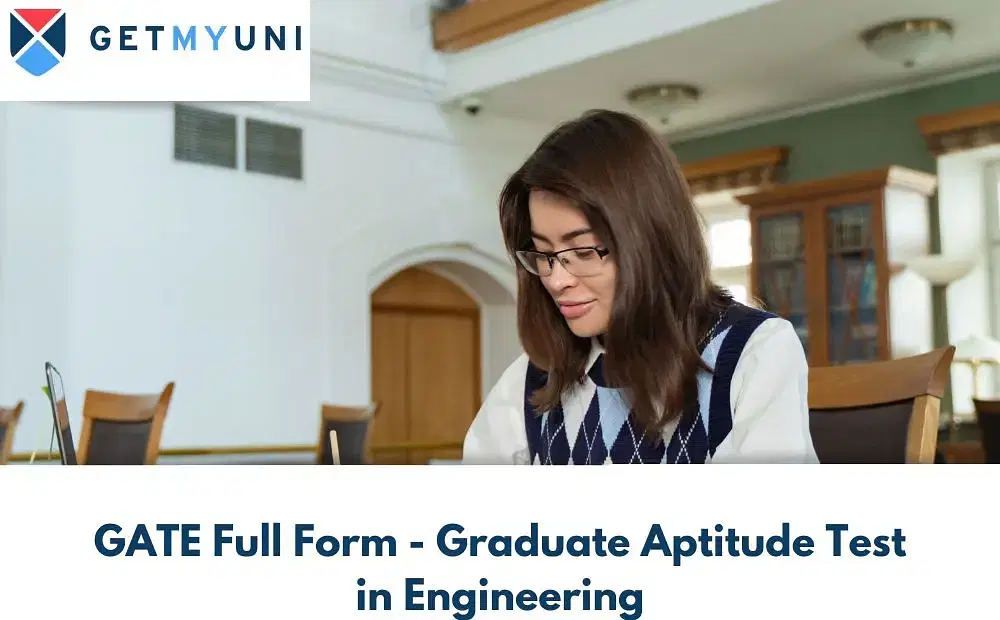
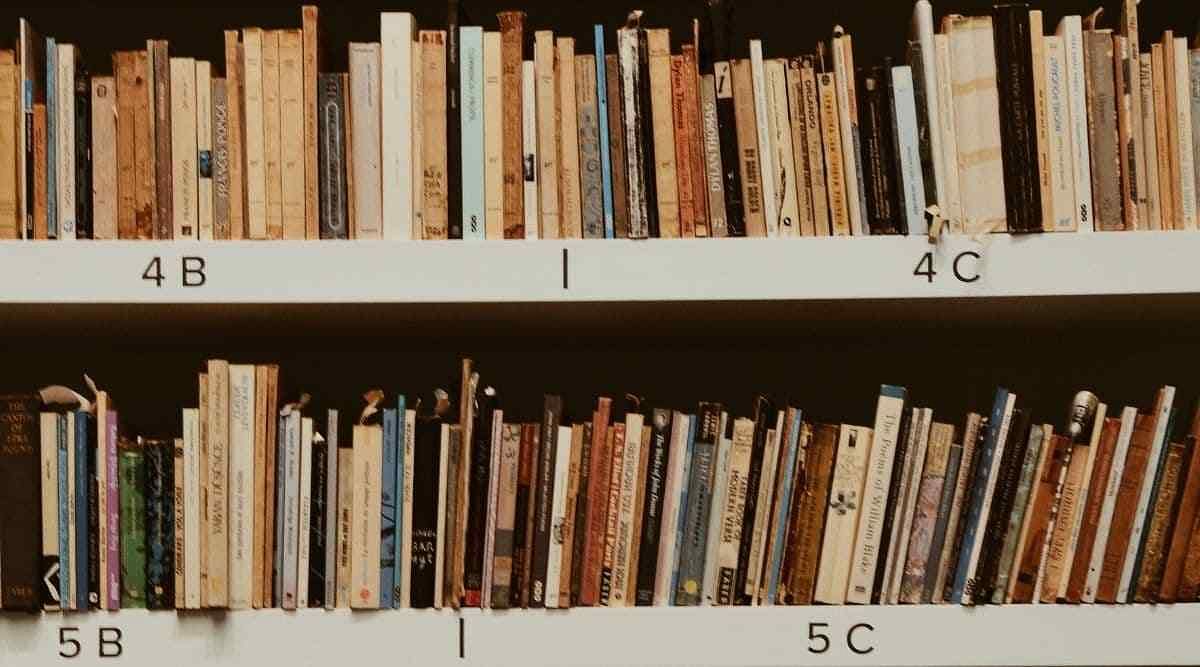
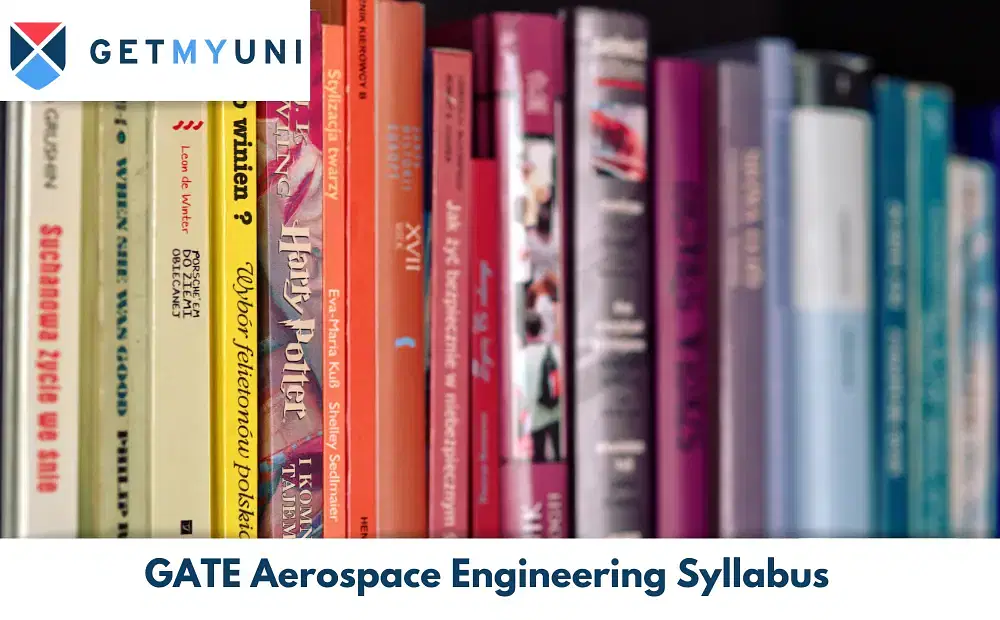
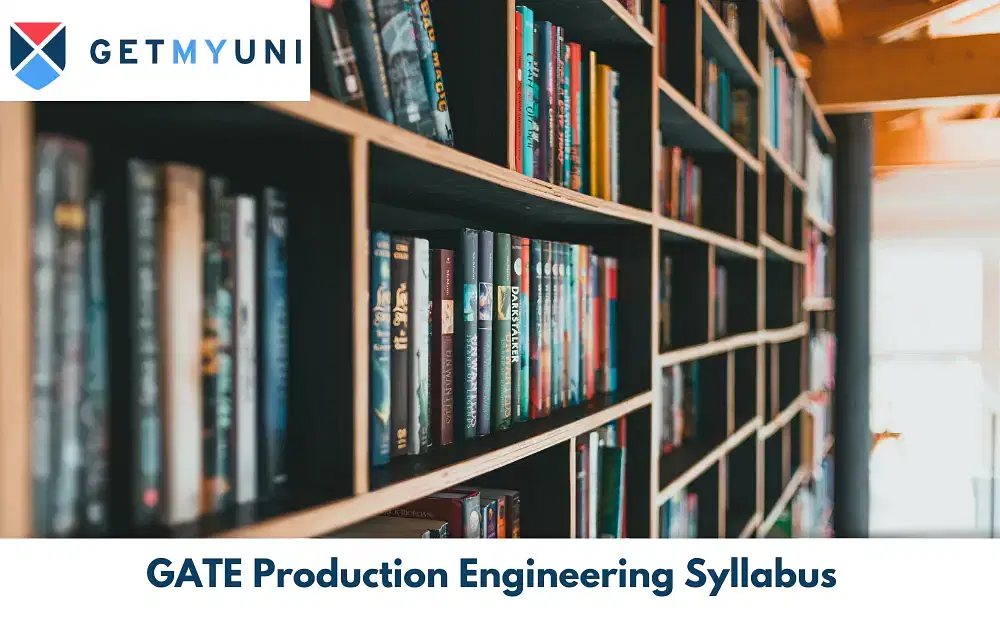



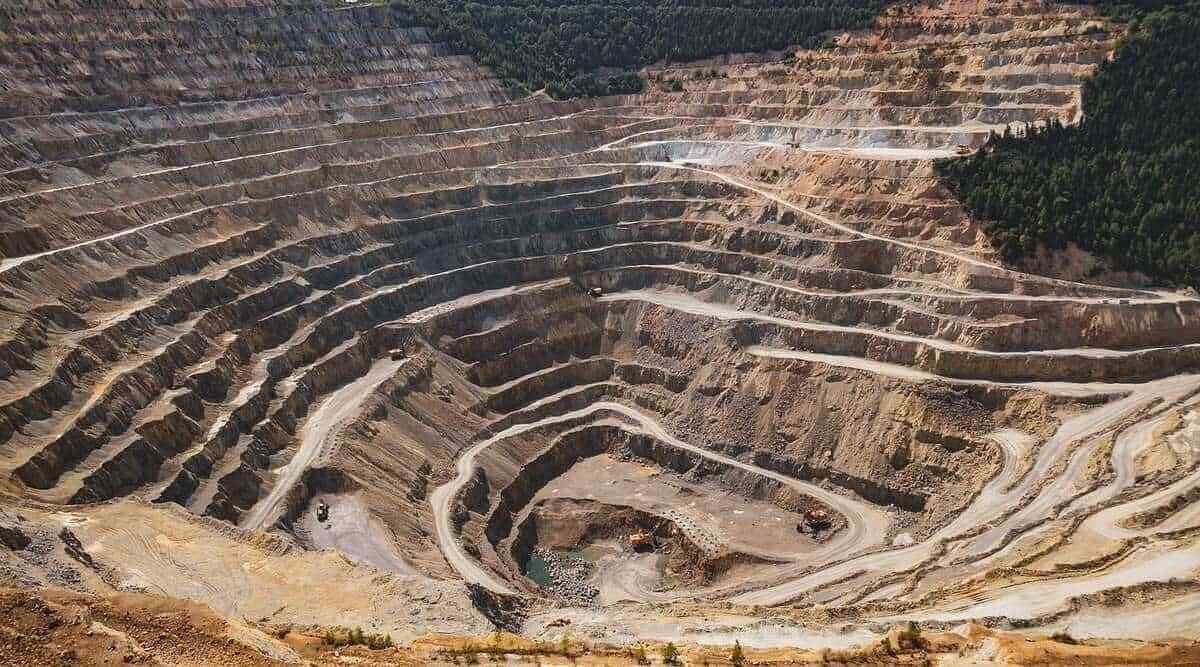
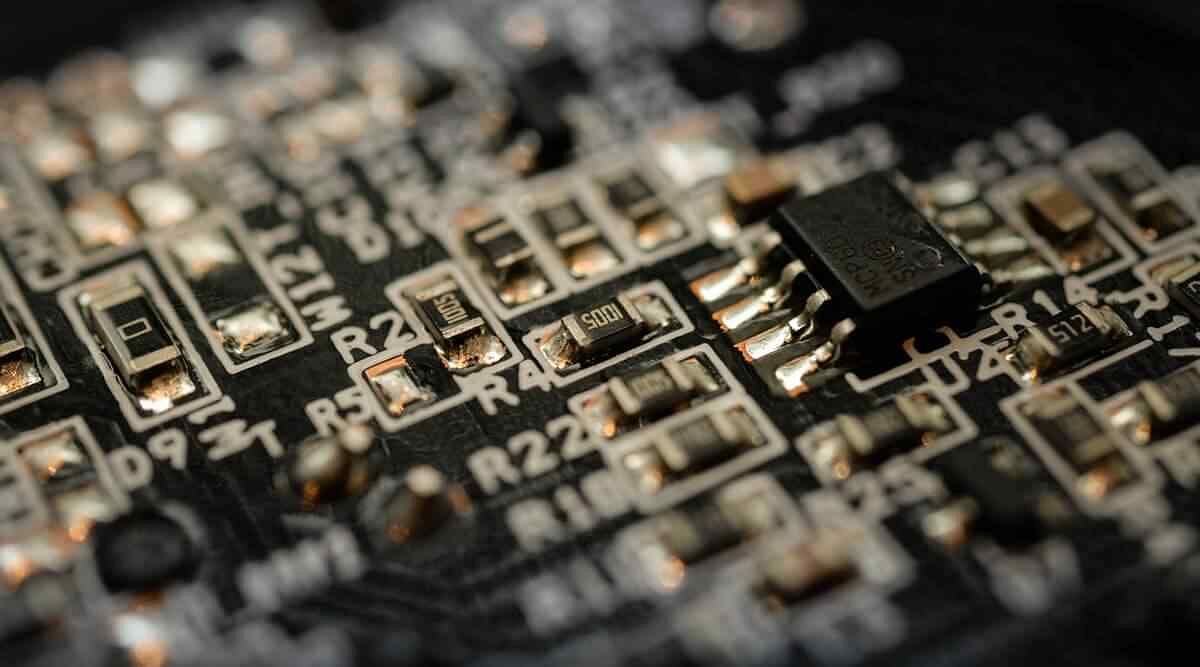



POST YOUR COMMENT